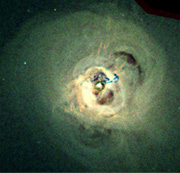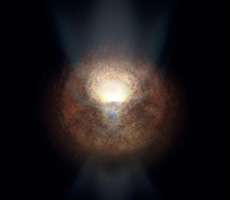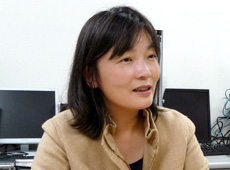Associate Professor, Department of Physics, Faculty of Science Division I, Tokyo University of Science
Dr. Matsushita graduated from the Department of Astronomy, School of Science, at the University of Tokyo in 1992. She received her Ph.D. at the Graduate School of Science at the University of Tokyo in 1997. From 2003 she was posted as Associate Professor to the Department of Physics, Faculty of Science Division I, Tokyo University of Science. Her specialty is X-ray astronomy. She has been researching the distribution of galaxy clusters and dark matter, the history of the structure of space, and the formation history of binary black holes and stars in neighboring galaxies.
Discovering the Relationship Between Black Holes and Galaxy Formation | Probing the Evolution of the Universe with Galaxy Clusters | Hopes for New Images of the Universe | ASTRO-H Outline
Spin-off Technologies from ASTRO-H | History of Japanese X-ray Astronomy Satellites



